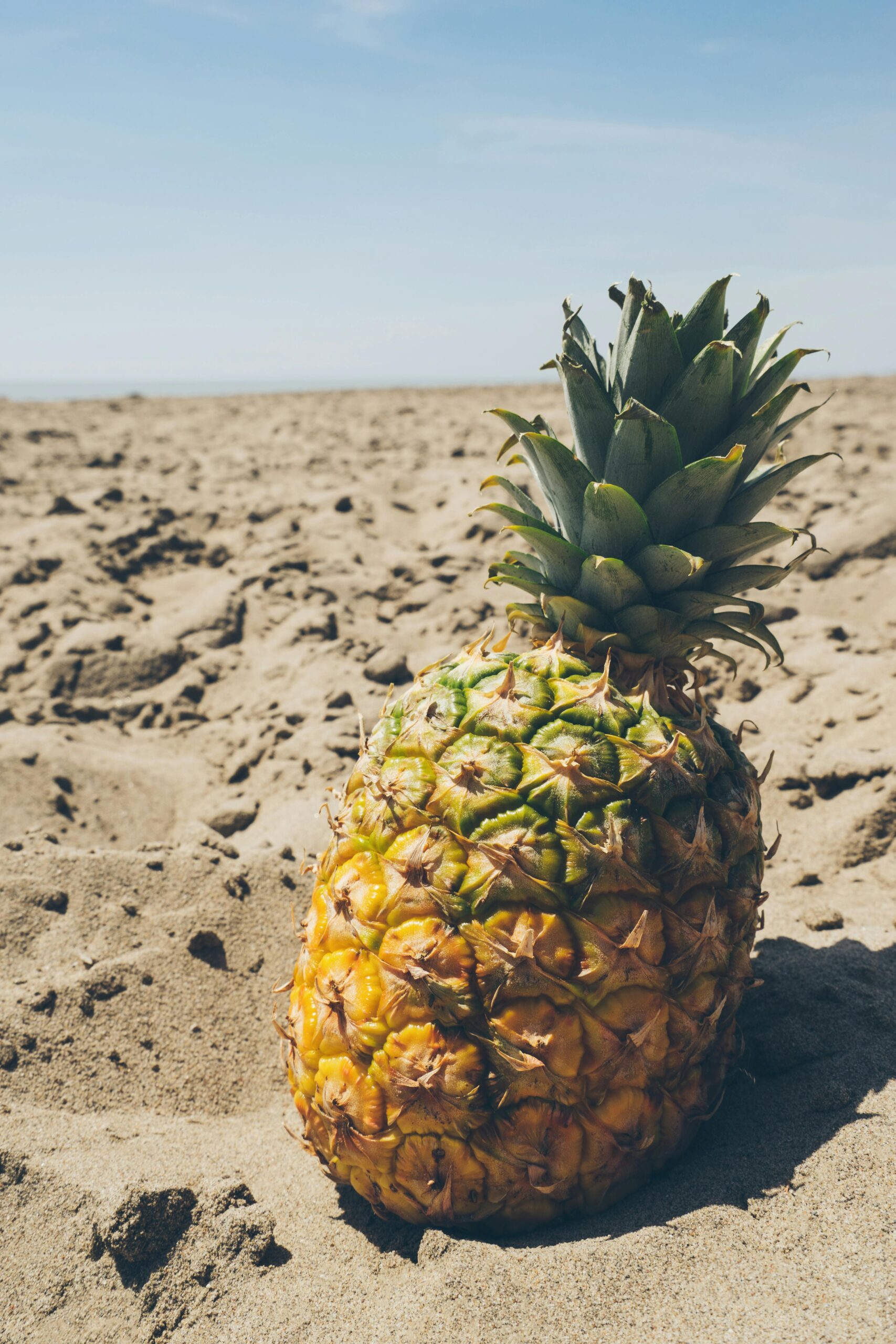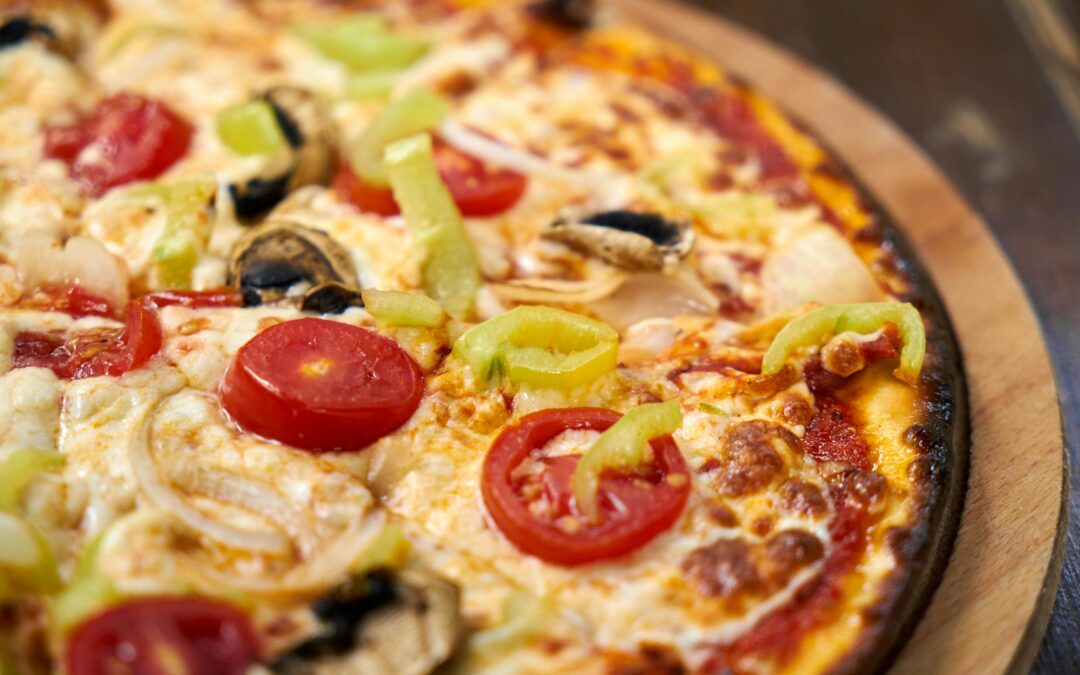In the vast universe of pizzas, one variety has sparked more passionate debates than any other: the pineapple pizza. This divisive yet delightful culinary creation has garnered both devoted fans and vehement critics worldwide. Whether you’re team pineapple or firmly against it, there’s no denying the cultural impact this sweet and savoury combination has had on global cuisine. Let’s delve into why many consider this controversial topping combination to be the pinnacle of pizza perfection.
The Historical Journey of Pineapple Pizza
Origins of the Sweet and Savoury Masterpiece
Despite what many might assume, the Hawaiian pizza isn’t an Italian creation or even Hawaiian in origin. This beloved pizza variant was born in Canada in 1962, when Greek immigrant Sam Panopoulos decided to experiment with unusual toppings at his restaurant in Ontario. Inspired by the contrasting flavours he encountered in Americanised Chinese cuisine, Panopoulos placed canned pineapple alongside ham on a traditional pizza base. The Hawaiian_pizza name wasn’t a nod to its creation location but rather derived from the brand of tinned pineapple Panopoulos used in his innovative recipe.
Interestingly, similar combinations had been emerging elsewhere. In 1955, German food writer Clemens Wilmenrod introduced Toast Hawaii, featuring ham, cheese, and pineapple on toast. Even earlier, in 1957, a version called ‘Hawaiian Pizza’ with pineapple, papaya, and green pepper appeared in Portland, Oregon, though it lacked the now-standard ham component. These global experiments with sweet and savoury combinations set the stage for what would become one of the most controversial yet enduring pizza varieties in history.
Rising Popularity Across Global Cuisine
Despite the controversy, pineapple pizza has achieved remarkable popularity worldwide. Time magazine recognised its cultural significance by including it among the 13 most influential pizzas of all time in 2014. By 1999, Hawaiian was the most popular pizza variety in Australia, accounting for an impressive 15% of all pizza sales. A 2015 review revealed it was also the most common pizza offering across takeaways in the United Kingdom.
Not all regions embrace this tropical topping with equal enthusiasm. A 2016 US survey identified pineapple as one of Americans’ least favourite toppings, while a 2019 follow-up found just 12% of Americans included pineapple among their top three preferred toppings. The debate reached political dimensions in 2017 when the president of Iceland jokingly suggested banning pineapple on pizza, prompting Canadian Prime Minister Justin Trudeau to defend the Canadian invention. Even celebrities have weighed in, with Dwayne ‘The Rock’ Johnson publicly supporting team pineapple. The controversy continues, with a pizzeria in Norwich making headlines in 2025 by charging £100 for pineapple pizza as a protest against the topping.

Top 7 Best Pizzas of 2025
- Hawaiian Pizza – the leader in perceived innovation and originality among French consumers, according to a 2025 Ipsos survey conducted among 2,500 respondents (https://www.ipsos.com/fr-fr/les-pizzas-preferees-des-francais)
- Margherita – the classic simplicity that never fails
- Quattro Stagioni – a seasonal celebration of flavors
- Capricciosa – a rich medley of meats and vegetables
- Pepperoni – the spicy crowd-pleaser
- Vegetarian Deluxe – a colorful vegetable medley
- BBQ Chicken – smoky, savory, and modern
- Seafood Special – a coastal delight with fresh seafood toppings
The Perfect Flavour Harmony
Why Sweet and Savoury Create Culinary Magic
The magic of pineapple pizza lies in its brilliant contrast of flavour profiles. The sweetness of pineapple cuts through the richness of cheese and tomato sauce, creating a balanced taste experience that tantalises the palate. This combination follows a long culinary tradition of pairing sweet and savoury elements, from salted caramel to maple bacon. When properly executed, the juicy, slightly acidic nature of pineapple provides a refreshing counterpoint to the salty, umami notes of ham or bacon.
According to a 2017 YouGov poll, while 82% of people enjoy pineapple as a fruit, opinions split dramatically when it comes to its place on pizza, with 53% approving and 41% disapproving. This divisiveness stems partly from purist notions about pizza tradition. However, renowned pizza chefs like Franco Pepe have demonstrated that with careful execution, particularly using fresh rather than canned pineapple, the tropical fruit can be integrated harmoniously without clashing with the base sauce.
Complementary Ingredients That Elevate Pineapple Pizza
The classic Hawaiian pizza combines pineapple with ham, creating a foundation of sweet and salty flavours, but creative chefs worldwide have expanded on this base to create even more compelling combinations. Among the top pizzerias in the world, Lisbon’s Lupita features a highly regarded pineapple pizza that pairs the fruit with mozzarella and bacon, demonstrating its gourmet potential. Some chefs recommend adding spicy elements like jalapeños or Calabrian chilli to create a three-dimensional flavour profile of sweet, salty, and spicy.
For home pizza enthusiasts, modern pizza ovens like the Dome, Arc XL, and portable Roccbox have made it easier to achieve restaurant-quality results. The key to a superior pineapple pizza often lies in balancing moisture content, as pineapple releases juices during cooking. Some chefs recommend lightly grilling or roasting the pineapple before adding it to the pizza to concentrate its flavours and reduce excess moisture. Additionally, complementary toppings like crispy bacon rather than ham, caramelised onions, or even a BBQ sauce base instead of traditional tomato can elevate the humble Hawaiian to gourmet status. With approximately 65% of Brits enjoying BBQ flavours, a BBQ chicken and pineapple combination represents a modern twist on the classic that appeals to contemporary palates.

